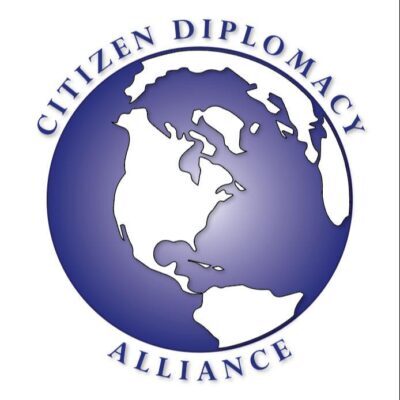
Just prior to the scheduled World Watch: Laos Zoom, U.S. Ambassador Peter Haymond was called away on official business. With very little notice, Deputy Chief of Mission, Joy Sakurai stepped in to chat with us and talk about Laos, its history, its culture, and its current place on the global stage.
She began by presenting an overview of the role of our embassies abroad, and then began to talk about the role of the Embassy in the Lao Democratic Republic.
Laos is one of the poorest countries in Southeast Asia with a population of about 700,000. USAID provides up to $35million per year in support for health issues, such as malaria and nutrition, agriculture development, education, and governance. She said when asked why the U.S. puts so much effort into bilateral relations with such a small country, she replies: “Laos borders Chinaâ€, and China is building a super high-speed railroad through Laos for access to other countries in the region. It is important for the U.S. to strengthen bilateral relations there and create our own strong network.
Ensuring that the U.S. goals within the host country “mesh†with the goals of the host country is critical, and the U.S. goals in Laos include:
- Economic Development through trade deals
- Security agreements
- Alliances and partnerships
- Technology Collaborations
- Climate change issues, and
- Health and Energy concerns
- Promoting democracy and human rights
A major concern is competition with China, but U.S. policy does not ask countries to choose between them. The policy is to “work closely with partner countries†to show the benefits of our alliance on support with long-term challenges, rather than “a sexy high-speed railroad.â€
Further details on key issues included:
Health and Nutrition: Malaria continues to be a major health concern in Laos, as does high rates of maternal and child mortality, so nutrition is another important focus for bilateral collaboration. Rice in Laos is delicious, but extremely high in sugars, and the cause of long-term dietary issues throughout the population, and another important focus for USAID working in-country. Currently, Laos is beginning to “reset†after the pandemic has taken a great toll. The only hospitals in Laos are in the capital, Vientiane, with none in the rural areas.
Security: Human trafficking and drug trafficking are also ongoing problems. A bilateral collaboration in November resulted in the capture of the largest drug shipment in their history.
Economic Development: Industries targeted for development include: hydropower expansion to sell to Vietnam and China, tourism to spotlight the exquisite natural environment, all with careful attention to environmental factors.
Education: Like the situation with healthcare, educational opportunities are sparse in Laos—especially in rural areas, so that bringing up literacy rates through access to schools is a high priority for the bilateral partnership.
Before ending, Joy Sakurai again mentioned the importance of building cultural and relationships with between the two countries. She is a great supporter of the Department of State IVLP (International Visitor Leadership Programs) and made a strong case for Tucson to explore the possibility of establishing a Sister Cities partnership with Vientiane so that “citizen activism†can help strengthen the connections with trade partnerships, cultural understanding, and potential partnerships with higher education.
I am certain that CDA Executive Director, Pat Watson, has already opened that door with our partners at Pima Community College.
Submitted by Patricia Houston, CDA
